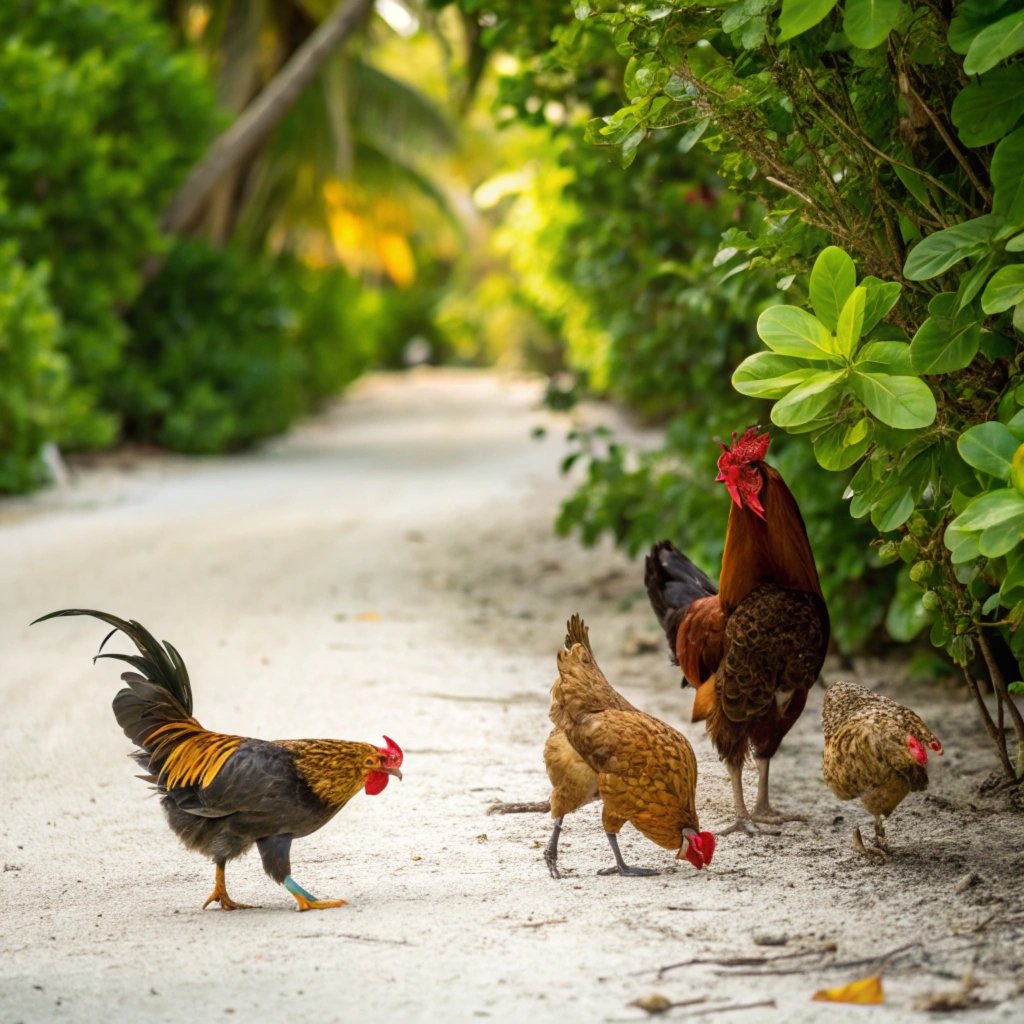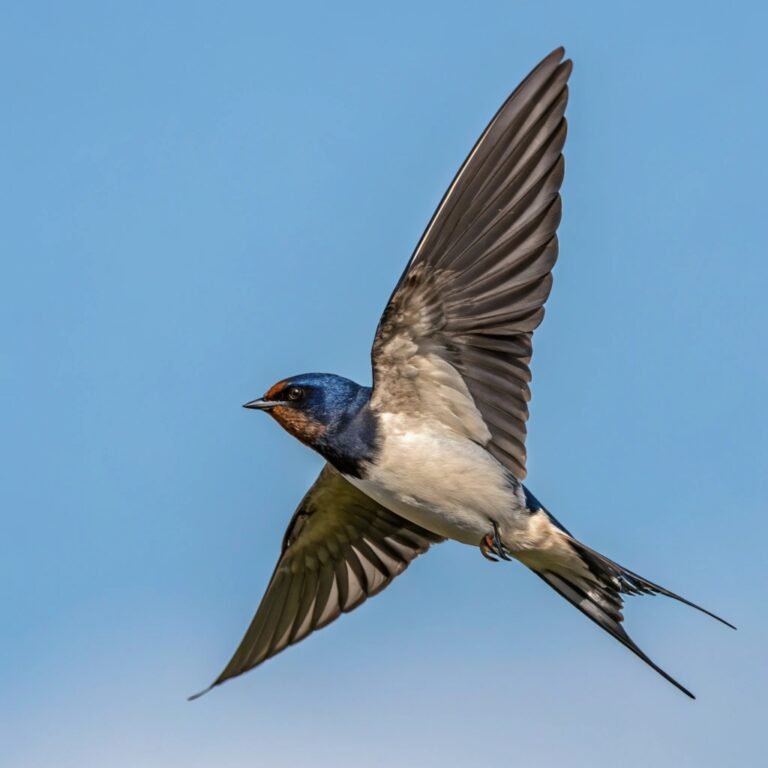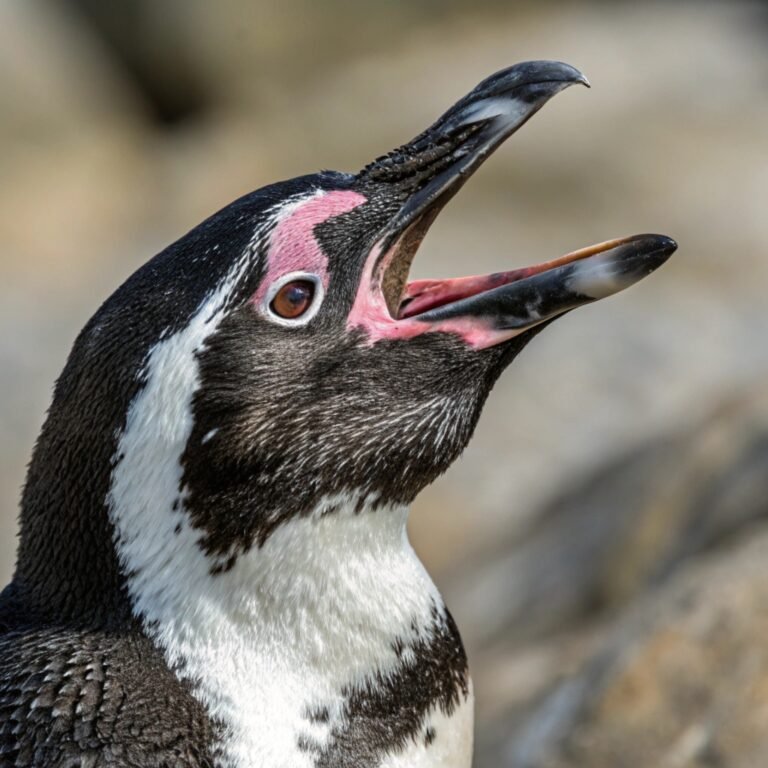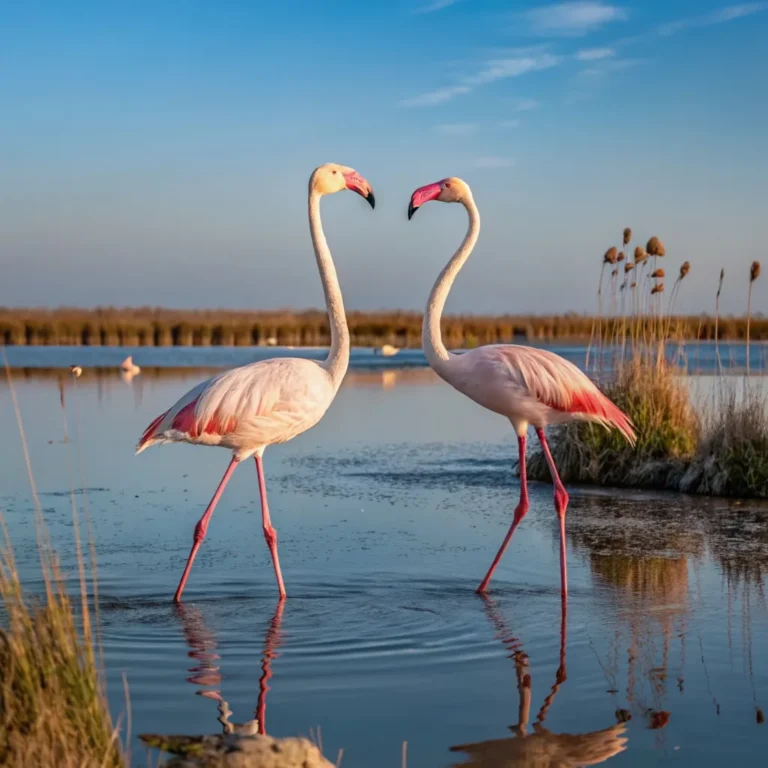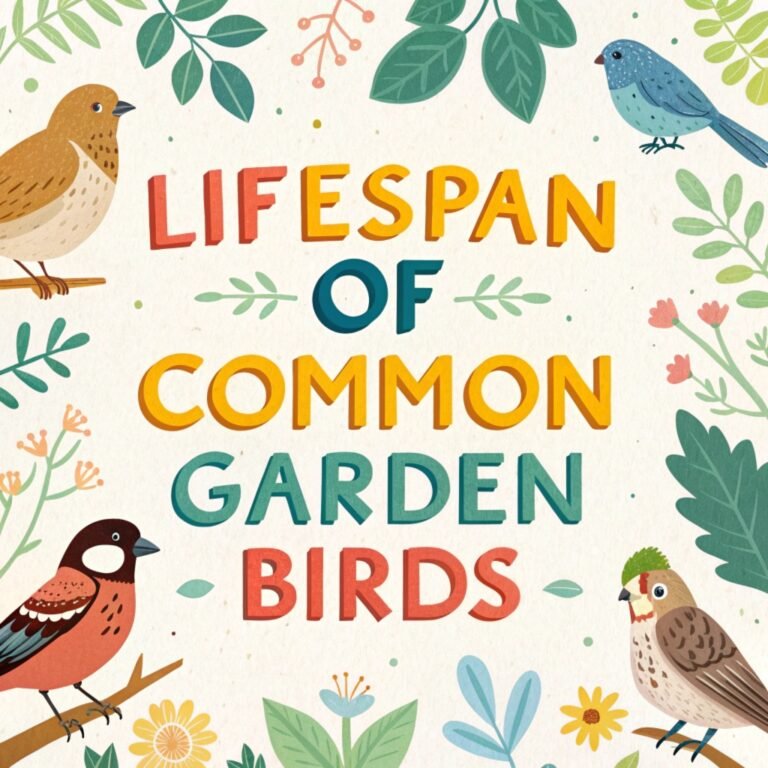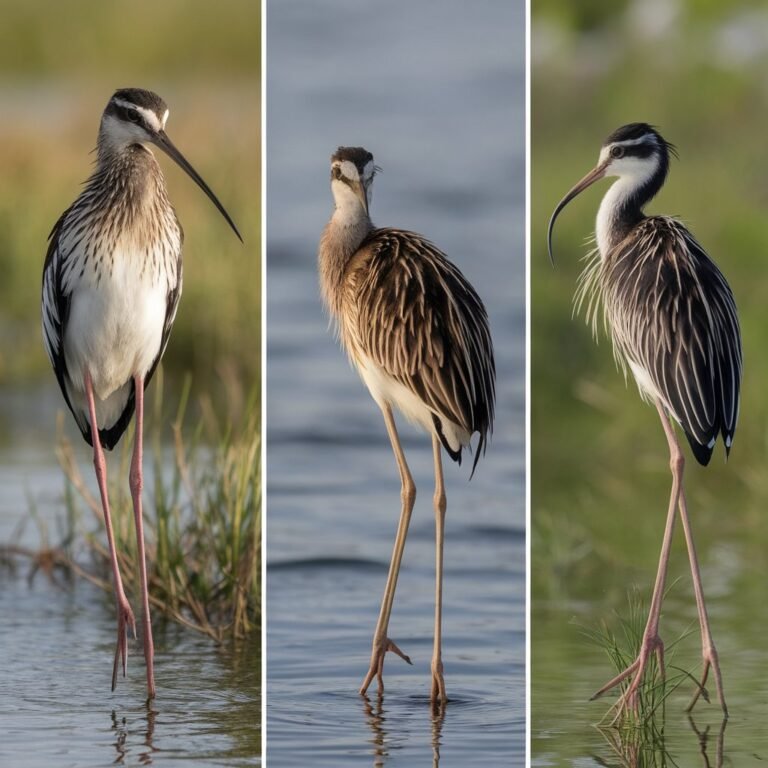The Fascinating World of Key West Chickens: A Comprehensive Guide to These Unique and Colorful Birds
Key West, Florida, is renowned for its vibrant culture, stunning beaches, and laid-back atmosphere.
However, one of the most intriguing aspects of this tropical paradise is its population of free-roaming chickens. These colorful birds have become an integral part of the island’s charm and identity, captivating visitors and locals alike.
In this comprehensive guide, we’ll explore the fascinating world of Key West chickens, delving into their history, behavior, and impact on the community.
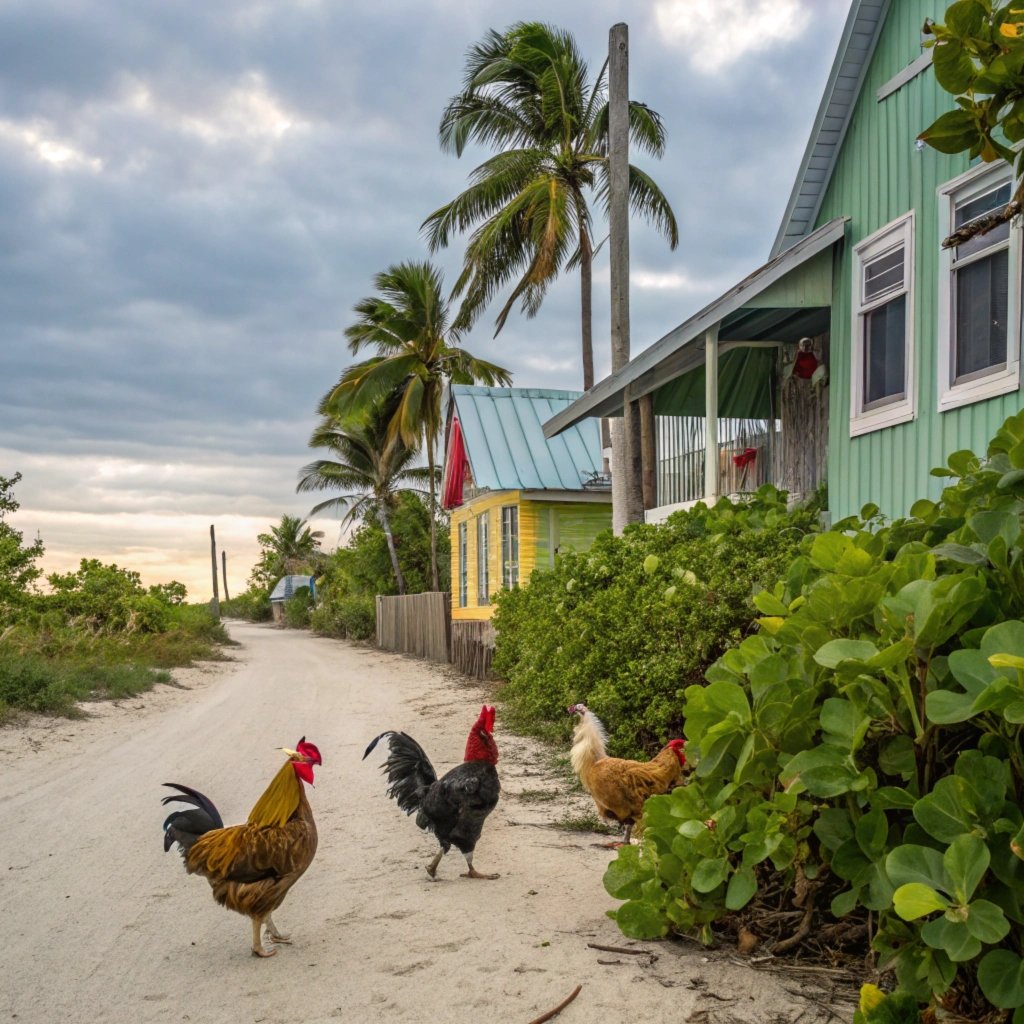
Key Takeaways
- Historical Roots: Key West chickens trace their origins to the 19th century, brought by early settlers and Cuban immigrants.
- Diverse Population: The chicken population is a colorful mix of breeds, including Cubalaya and Old English Game, resulting from years of interbreeding.
- Unique Behaviors: These free-roaming birds have developed distinct habits, starting their day at dawn and foraging throughout the city.
- Tourist Attraction: Key West chickens have become a major draw for visitors, inspiring souvenirs, tours, and local artwork.
- Legal Status: While not officially protected, a 2004 ordinance made it illegal to harm or remove the chickens, granting them de facto protection.
- Ecological Role: The chickens play a significant part in natural pest control and soil fertilization, impacting the local ecosystem.
- Community Care: Local initiatives, including the Key West Wildlife Center, provide care and rehabilitation for injured or sick chickens.
- Cultural Impact: The chickens have inspired local folklore, art, and even an annual festival, becoming integral to Key West’s identity.
- Future Challenges: Climate change and population management present ongoing challenges for the chickens’ future.
- Controversial Presence: The chickens spark debate among residents, with some viewing them as a beloved icon and others as a nuisance.
- Adaptation to Urban Life: Key West chickens have successfully adapted to city living, foraging and roosting in urban environments.
- Genetic Uniqueness: Conservation efforts focus on preserving the chickens’ unique genetic adaptations to island life.
- Tourism Boost: The chickens have contributed to the local economy through chicken-themed tourism and merchandise.
- Educational Opportunities: The presence of these birds provides chances for education about wildlife, ecology, and coexistence.
- Symbol of Key West: These colorful birds have become living symbols of Key West’s free-spirited nature and unique charm.
The Origins of Key West’s Feathered Residents: A Journey Through Time
The story of Key West’s chickens begins with the island’s early settlers in the 19th century. These pioneers brought chickens with them as a vital food source, using them for both meat and eggs.
As Key West developed into a bustling port town, the chicken population grew alongside it. The island’s proximity to Cuba also played a significant role in shaping the chicken population.
Cuban immigrants brought their own poultry-keeping traditions, including cockfighting, which was popular at the time.
When cockfighting was banned in the late 1980s, many roosters were released into the wild, contributing to the diverse population we see today.
Over time, these birds adapted to their new environment, developing the vibrant colors and hardy nature that characterize the Key West chicken.
The Key West chickens have become an integral part of the island’s unique ecosystem and culture, adapting remarkably well to urban life over the decades.
These resilient birds, descendants of jungle fowl from the Caribbean, have thrived in the tropical climate of Key West, creating a fascinating blend of wildlife and city living.
The Colorful Characters: Identifying Key West’s Chicken Breeds

Key West’s chicken population is a diverse mix of breeds, resulting from years of interbreeding and adaptation to the island’s unique environment.
The most common breeds include the Cubalaya, known for its distinctive upright tail, and the Old English Game, prized for its colorful plumage.
Many of the chickens display a wide range of colors, from vibrant reds and oranges to iridescent greens and blues.
This kaleidoscope of colors is a testament to the birds’ ability to adapt and thrive in their tropical home.
Visitors to Key West can often spot roosters strutting proudly along the streets, their brilliant feathers gleaming in the sunlight, while hens tend to their chicks in hidden nooks and crannies throughout the island.
Their presence on the island is a testament to the complex history of human settlement, migration, and changing cultural practices in the Florida Keys.
As the chicken population has grown, so too has their impact on the local community. While some residents view them as a beloved icon of Key West’s quirky charm, others see them as a nuisance due to their constant crowing and the mess they can create.
This dichotomy has led to ongoing debates about how best to manage the chicken population while respecting their status as a protected part of the island’s fauna.
A Day in the Life: The Habits and Behaviors of Key West Chickens
Key West chickens have developed unique habits and behaviors that set them apart from their domesticated counterparts.
These free-roaming birds start their day at dawn, with roosters crowing to mark their territory and announce the new day. Throughout the morning, they can be seen foraging for food along the streets and in gardens, pecking at insects and seeds.
Hens often lead their chicks on exploratory missions, teaching them to find food and avoid potential dangers.
As the day progresses, the chickens seek shelter from the hot sun, often resting in the shade of trees or buildings.
In the evening, they return to their preferred roosting spots, which can include trees, rooftops, and even abandoned buildings.
This daily routine has become a familiar and cherished part of Key West life, with residents and visitors alike adjusting to the rhythms of these feathered neighbors.
The chickens’ role in Key West extends beyond mere novelty. They serve as natural pest controllers, consuming insects and small reptiles that might otherwise become problematic for residents and businesses.
This ecological function has made them valuable allies in the push for more organic and environmentally friendly pest management practices.
Additionally, their droppings act as a natural fertilizer, enriching the soil in gardens and green spaces throughout the island.
The Great Debate: Nuisance or Beloved Icon?
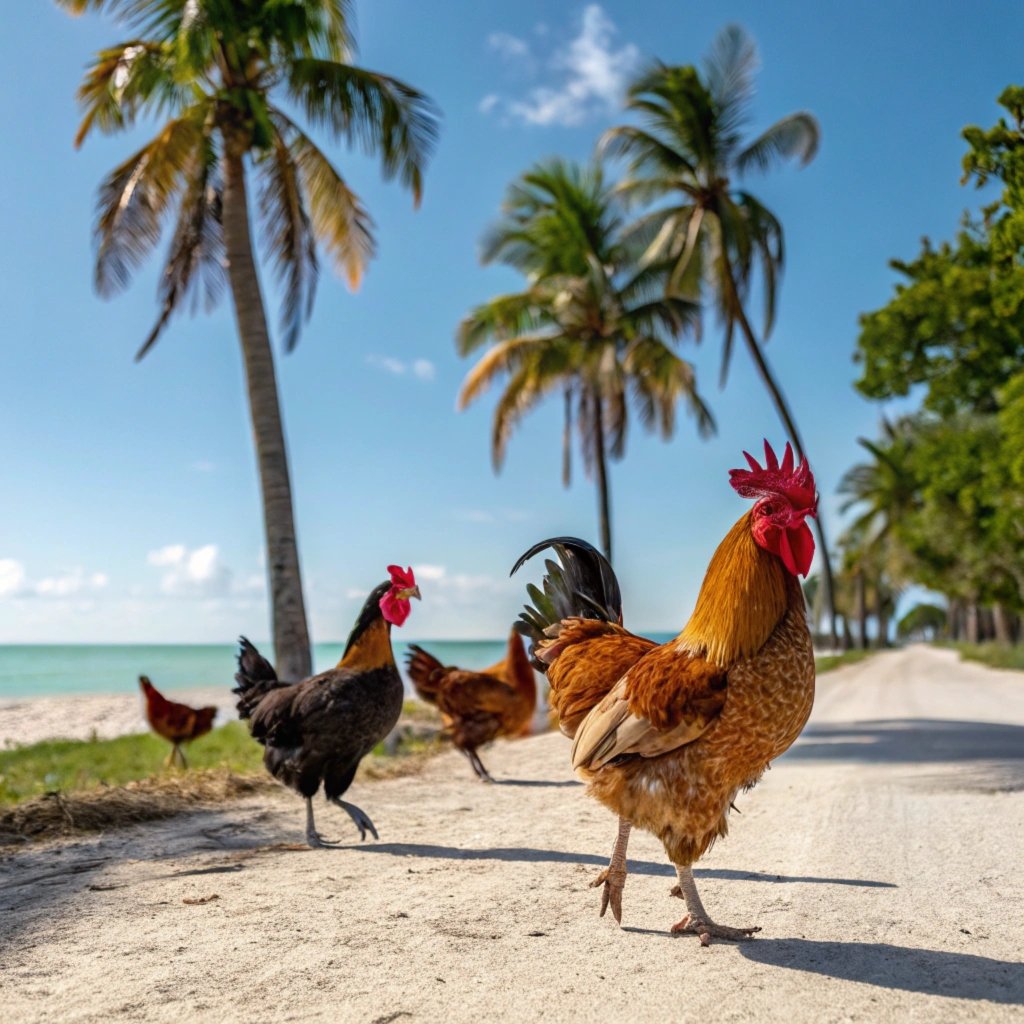
The presence of Key West chickens has sparked a lively debate among residents and city officials. While many cherish the birds as a unique part of the island’s character, others view them as a nuisance.
Supporters argue that the chickens add charm and character to Key West, serving as a living reminder of the island’s history and culture. They also point out the birds’ role in natural pest control, as they consume insects and small reptiles.
Critics, however, cite concerns about noise pollution from crowing roosters, property damage, and potential health risks from droppings.
The city has attempted various measures to manage the chicken population, including hiring a “chicken catcher” in 2004, though this program was short-lived due to public outcry.
Today, the debate continues, with the community striving to find a balance between preserving this unique aspect of Key West life and addressing the concerns of those affected by the chicken population.
Tourism has also been significantly impacted by the presence of these colorful birds. Visitors are often delighted by the sight of roosters strutting down Duval Street or hens leading their chicks through local parks.
This has led to a booming industry of chicken-themed souvenirs and tours, contributing to the local economy and further cementing the chickens’ place in Key West’s identity.
However, the growing chicken population has presented challenges for city officials and wildlife managers.
Chicken Tourism: How These Birds Became a Key West Attraction
In recent years, Key West’s chickens have become a major tourist attraction, drawing visitors from around the world who are eager to experience this unique aspect of island life.
Local businesses have capitalized on the chickens’ popularity, offering a wide range of chicken-themed souvenirs, from t-shirts and postcards to artwork and figurines.
Some tour operators even offer “chicken tours,” guiding visitors to the best spots for observing and photographing these colorful birds.
The chickens have also inspired local artists, who capture their vibrant personalities in paintings, sculptures, and other works of art.
This chicken-centric tourism has not only boosted the local economy but has also helped to solidify the birds’ status as beloved icons of Key West.
Efforts to control their numbers have been met with mixed results and often face opposition from chicken enthusiasts.
The Key West Wildlife Center plays a crucial role in managing the chicken population, providing care for injured birds and relocating problematic individuals to farms on the mainland where they can continue to serve as organic pest controllers.
The story of Key West’s chickens is ultimately one of adaptation and resilience.
The Legal Status of Key West Chickens: Protected or Problematic?
The legal status of Key West’s chickens is a complex and often contentious issue. While the birds are not officially protected by law, they are generally considered to be a part of the island’s wildlife and are therefore afforded some protections.
In 2004, the city passed an ordinance making it illegal to harm or remove the chickens, effectively granting them a form of de facto protection.
However, this has led to challenges in managing the population, as traditional methods of control are off-limits.
In recent years, the city has implemented measures to address concerns about overfeeding, including a ban on feeding chickens in public spaces.
This delicate balance between protection and management continues to be a topic of discussion among city officials and residents, as they work to find solutions that respect both the chickens’ place in Key West culture and the needs of the human population.
These birds have survived hurricanes, changing human attitudes, and attempts at population control to become a living symbol of the island’s free-spirited nature.
As Key West continues to evolve, balancing the needs of its human residents with the preservation of its unique wildlife, the gypsy chickens will undoubtedly remain a colorful and contentious part of the conversation, crowing their way into the hearts of locals and visitors alike for generations to come.
The Role of Key West Chickens in Local Ecology
Despite their non-native status, Key West chickens have become an integral part of the island’s ecosystem.
These adaptable birds play a significant role in natural pest control, consuming a variety of insects, small reptiles, and even scorpions.
This natural form of pest management has reduced the need for chemical pesticides in many areas of the island.
Additionally, the chickens’ droppings serve as a natural fertilizer, enriching the soil in gardens and green spaces throughout Key West.
However, their impact on native species is a topic of ongoing study, with researchers examining how the chickens interact with local bird populations and other wildlife.
Understanding the ecological role of Key West chickens is crucial for developing informed management strategies that balance the needs of the birds with those of the broader ecosystem.
The Key West chickens have also inspired a vibrant artistic community on the island. Local painters, sculptors, and photographers often feature these colorful birds in their work, capturing their vibrant personalities and the unique atmosphere they bring to the streets.
This artistic representation has further elevated the chickens’ status, transforming them from mere birds into cultural icons that embody the spirit of Key West.
Caring for Key West Chickens: Community Efforts and Challenges
While Key West chickens are largely self-sufficient, the community has developed various initiatives to ensure their well-being.
The Key West Wildlife Center plays a crucial role in caring for injured or sick chickens, providing medical treatment and rehabilitation services.
They also manage a relocation program for chickens that have become problematic in certain areas, finding them new homes on farms in mainland Florida.
Community members often take it upon themselves to provide food and water for the chickens, though this practice is now regulated to prevent overfeeding.
One of the main challenges in caring for these birds is managing their population growth while respecting their protected status.
Education programs have been implemented to help residents and visitors understand how to coexist with the chickens responsibly, emphasizing the importance of not feeding them human food and respecting their space.
The Cultural Impact of Key West Chickens: From Folklore to Festival
Key West chickens have left an indelible mark on the island’s culture, inspiring local folklore, art, and even festivals.
Stories about the chickens’ origins and antics are passed down through generations, becoming part of the rich tapestry of Key West’s oral history.
The birds have been featured in numerous works of literature and art, capturing the imagination of creators drawn to their vibrant personalities and symbolic connection to the island’s free-spirited nature.
In recent years, the annual Key West Chicken Festival has become a popular event, celebrating these feathered residents with parades, contests, and educational programs.
This cultural embrace of the chickens has helped to solidify their status as beloved mascots of Key West, representing the island’s unique blend of history, nature, and quirky charm.
The Future of Key West Chickens: Challenges and Conservation Efforts
As Key West continues to evolve, the future of its chicken population faces both challenges and opportunities. Climate change poses a significant threat, with rising sea levels and increased storm intensity potentially impacting the birds’ habitat.
Efforts are underway to study how these environmental changes might affect the chickens and develop strategies to protect them.
Additionally, the ongoing debate about population management continues, with some calling for more aggressive control measures while others advocate for maintaining the current hands-off approach.
Conservation efforts focus on preserving the genetic diversity of Key West chickens, recognizing their unique adaptations to island life.
Educational initiatives aim to foster a greater understanding and appreciation of these birds among residents and visitors alike, ensuring that future generations can continue to enjoy the sight of colorful roosters strutting down Duval Street.
Frequently Asked Questions
Are Key West chickens protected by law?
While not officially protected by specific legislation, Key West chickens are generally considered part of the island’s wildlife and are afforded some protections. A 2004 ordinance made it illegal to harm or remove them, effectively granting them a form of de facto protection.
How did chickens end up roaming freely in Key West?
Chickens were initially brought to Key West by early settlers as a food source. Over time, as the need for backyard chickens diminished and cockfighting was banned, many birds were released or escaped, leading to the current free-roaming population.
Do Key West chickens cause any problems for residents or businesses?
Some residents and businesses report issues with noise from crowing roosters, property damage, and droppings. However, many others view the chickens as a beloved part of island life and appreciate their role in pest control and adding character to the community.
Can visitors take a Key West chicken home as a pet?
No, it is illegal to remove Key West chickens from the island. These birds are considered part of the local wildlife and are protected by city ordinances.
How do Key West chickens survive in the urban environment?
Key West chickens have adapted remarkably well to urban life. They forage for food throughout the city, finding insects, seeds, and occasionally handouts from humans. Their hardy nature and ability to roost in trees and on buildings have contributed to their success in this unique environment.

Hello, I’m Emily Price, the founder of Birds Affection. As a passionate bird enthusiast and spiritual seeker, I’ve always been fascinated by the symbolic meanings and mystical connections between birds and our lives. On this website, I share my knowledge and insights on the spiritual significance of various bird species, exploring their roles as messengers, guides, and teachers. Through my writing, I aim to inspire and educate others on the profound wisdom and beauty that birds bring to our world. Join me on this journey as we delve into the enchanting realm of bird symbolism and discover the hidden meanings behind these magnificent creatures.

